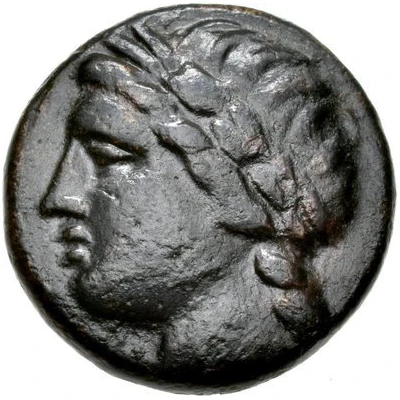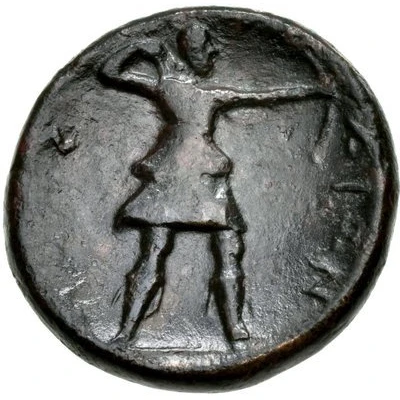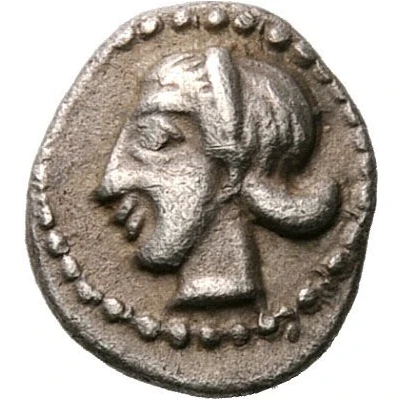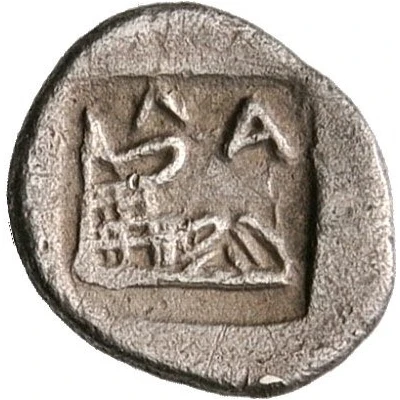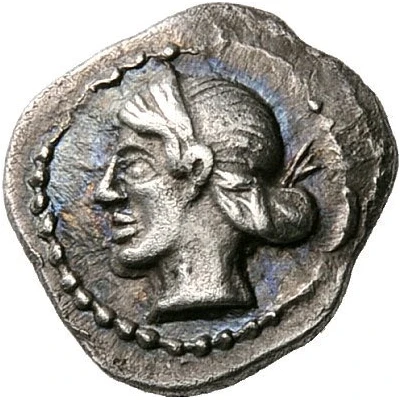
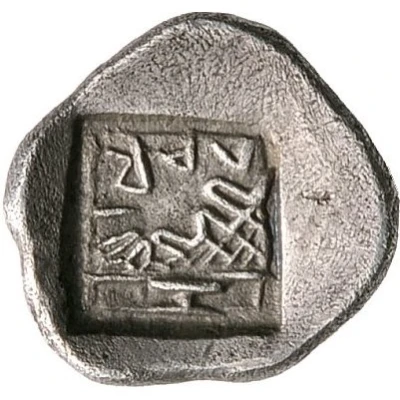

© Nomos AG
Obol 500 BC - 460 BC
| Silver | 1.11 g | 12 mm |
| Issuer | Larissa (Thessaly) |
|---|---|
| Type | Standard circulation coin |
| Years | 500 BC - 460 BC |
| Value | Obol (⅙) |
| Currency | Drachm |
| Composition | Silver |
| Weight | 1.11 g |
| Diameter | 12 mm |
| Shape | Round (irregular) |
| Technique | Hammered, Incuse |
| Demonetized | Yes |
| Updated | 2024-10-10 |
| Numista | N#170959 |
|---|---|
| Rarity index | 100% |
Reverse
Jason's sandal to left, all within incuse square.
Script: Greek
Lettering: ΛΑRΙ Ξ
Comment
The early obols of Larissa are remarkable for their variations in weight, ranging from 0.65 to well over 1 gram. The coins were probably struck at so many to a given weight so that as long as the amount of pieces struck was correct, individual weights were unimportant.Interesting fact
The Obol coin from Larissa (Thessaly) was used as a form of currency in ancient Greece and was equivalent to one-sixth of a drachma. It was made of silver and weighed 1.11 grams. Despite its small size, the Obol was an important coin in ancient Greece, as it was used to buy everyday items like bread, wine, and other necessities.
Price
| Date | Mintage | VG | F | VF | XF | AU | UNC |
|---|---|---|---|---|---|---|---|
| ND (500 BC - 479 BC) | - | - | - | - | - | - |
Values in the table are based on evaluations by sales realized on Internet platforms. They serve as an indication only for Obol (500 BC - 460 BC) coin.
